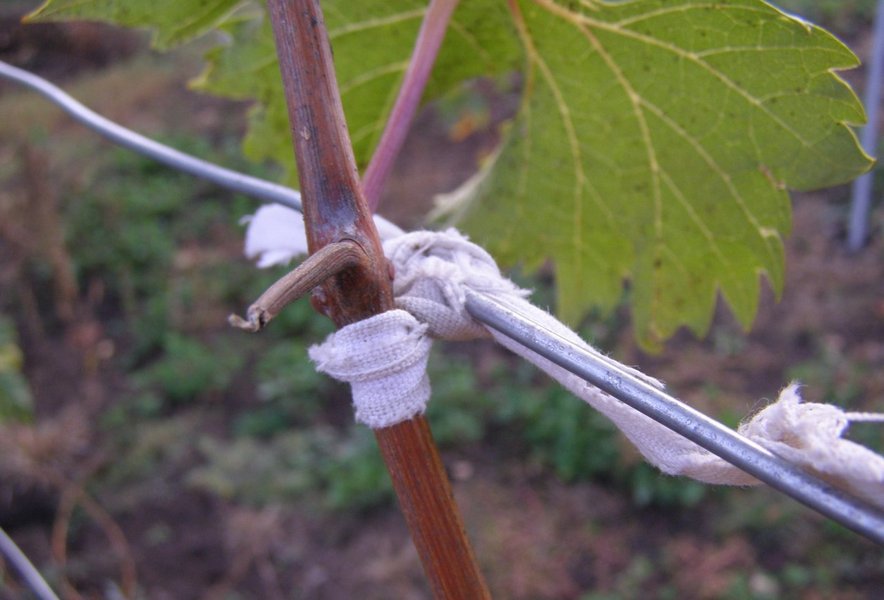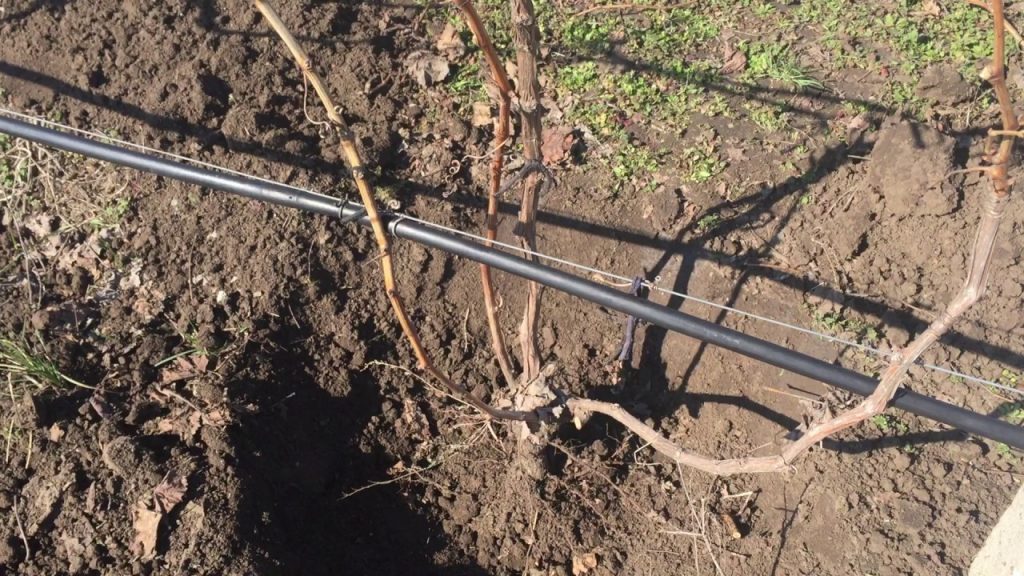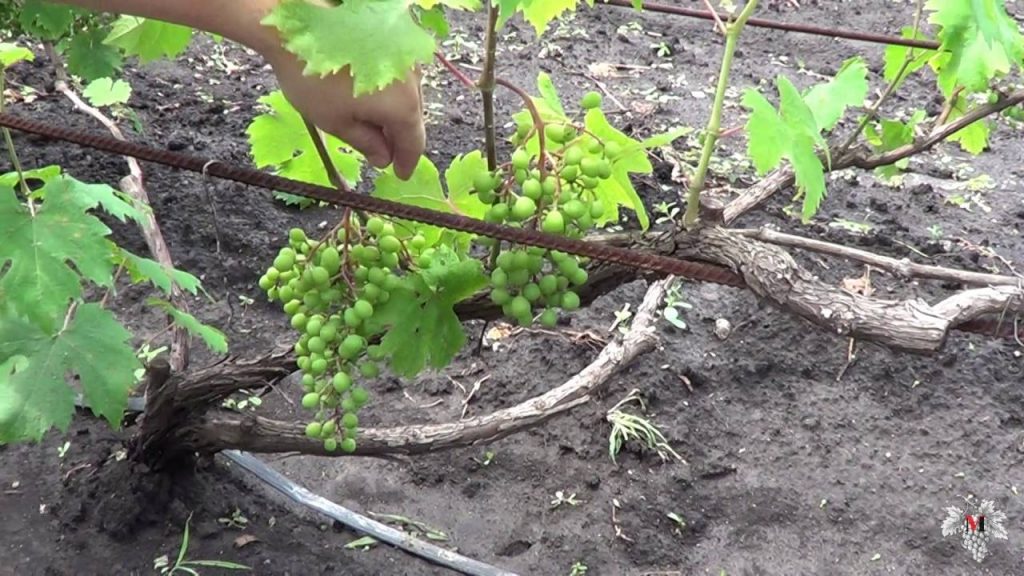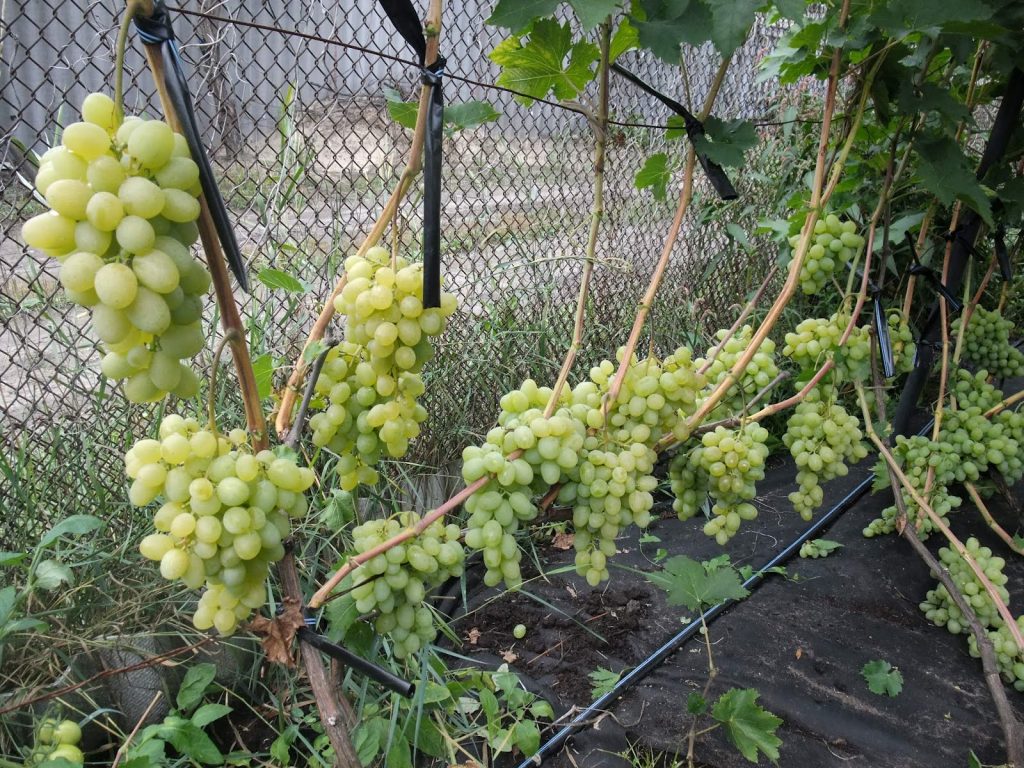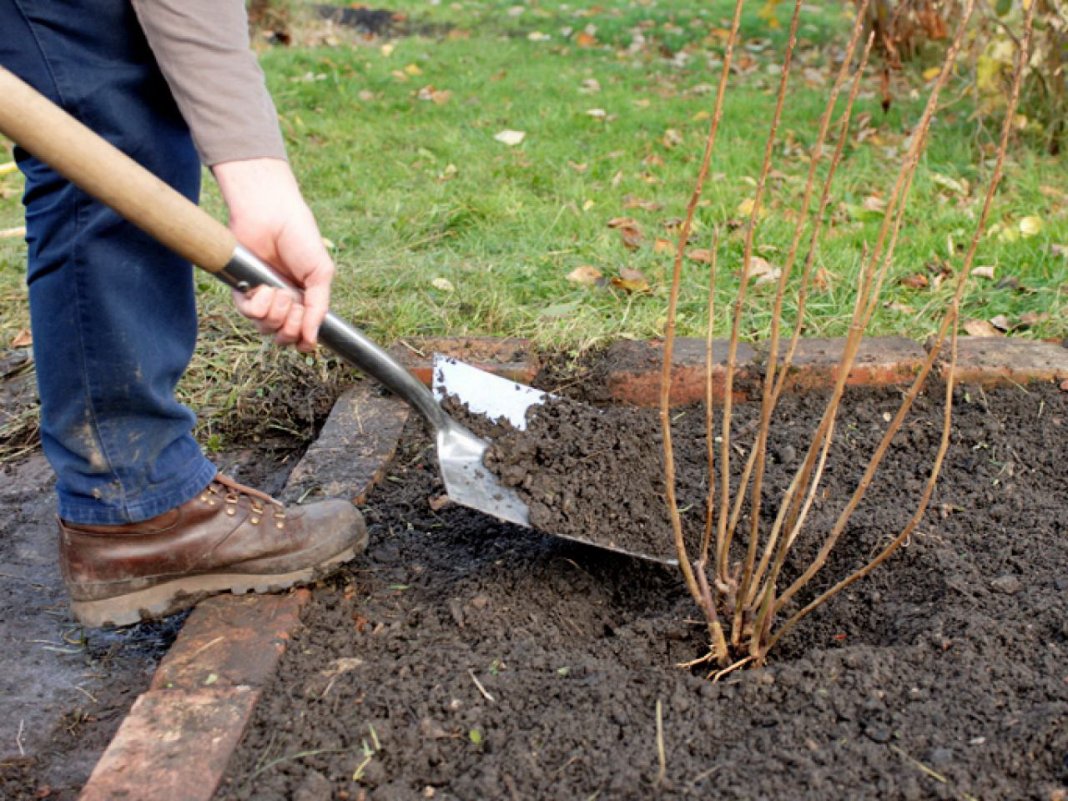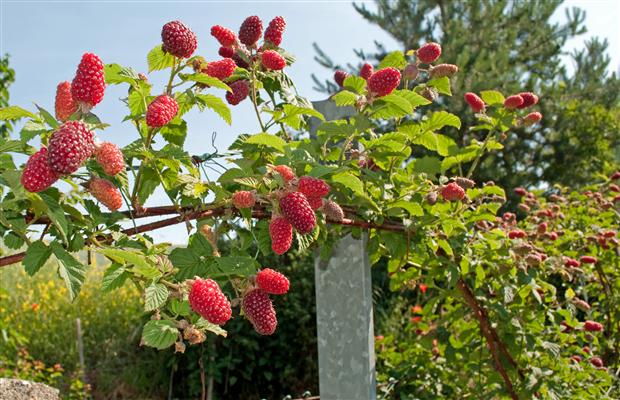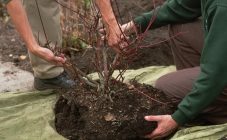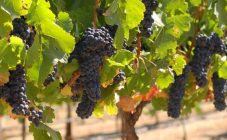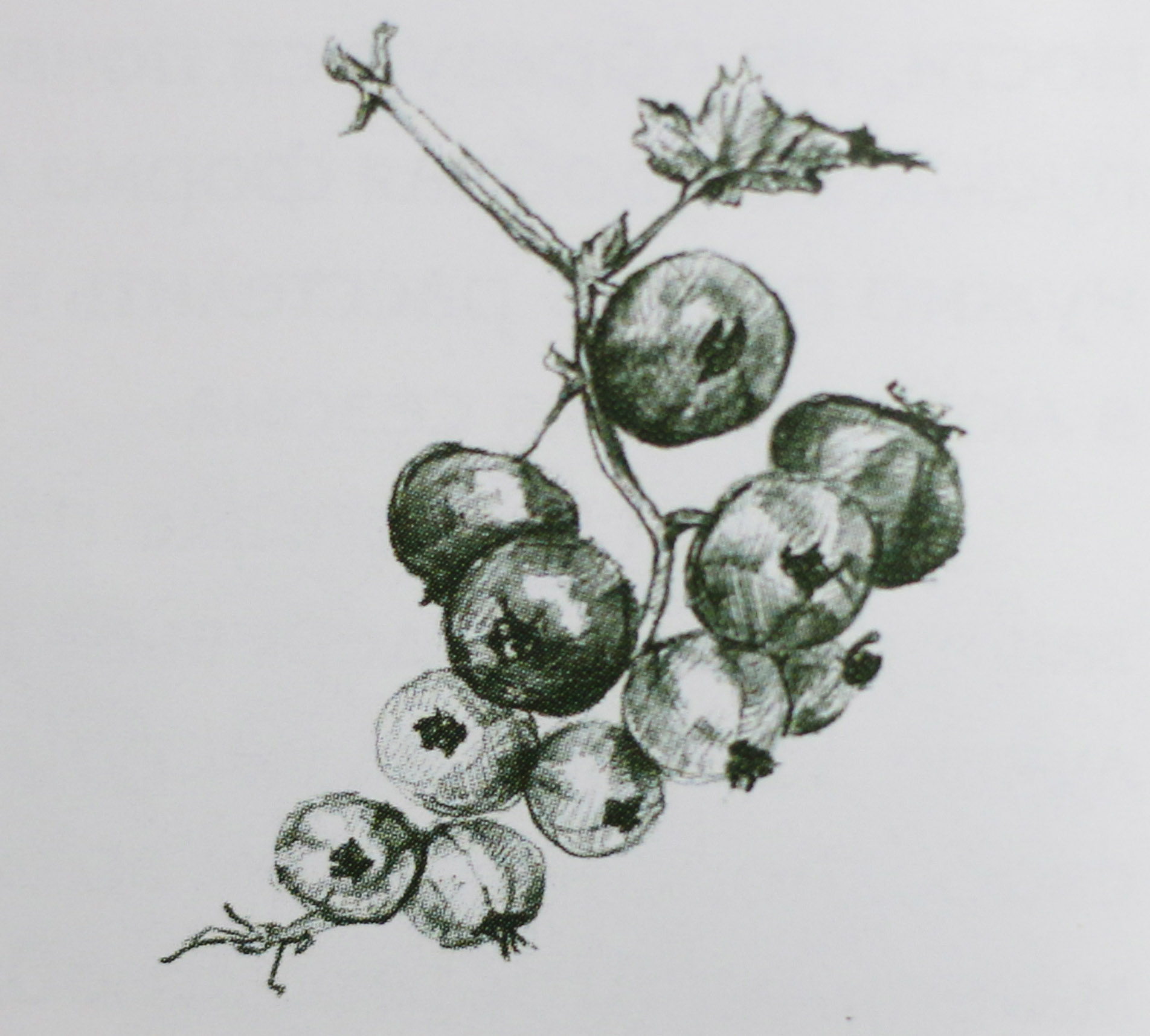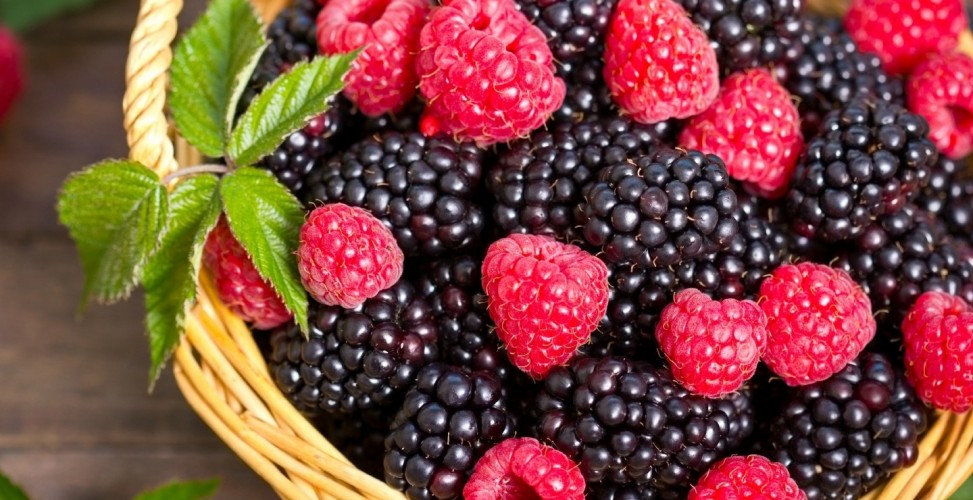Content:
Spring is the most important time of the year for grape care. At this time, he is more vulnerable to various pests and diseases. A heat-loving plant requires special conditions after wintering. Experienced gardeners know that caring for grapes in the spring requires special attention. Indeed, of all seasons, the spring period is especially laborious, but also the most fruitful. The volume of the future harvest depends on how the work will be carried out during the awakening of the plant.
Spring care includes a whole list of works to stimulate plant growth, vines development, and crop ripening.
How to care for grapes in spring for a good harvest
Preparations for spring work begin in February. However, all major activities begin with establishing a stable above zero temperature. Mandatory spring work includes:
- removal of the shelter;
- pruning shoots;
- first watering;
- top dressing;
- garter;
- landing;
- spraying against pests;
- loosening and mulching the soil.
Ignoring even one of these procedures can lead to reduced yields and crop diseases.
Taking cover from the vineyard
Raising the shelter late can also be harmful, the heat causes the buds to evaporate and germinate under the shelter.
To protect the plant from fungus, mold, various diseases, after opening it must be processed. This can be done with a solution of potassium permanganate, copper sulfate (300 g per 10 liters of water), Bordeaux liquid (3%).
Correct pruning
Starting in March, when the above zero temperature is established, the first spring pruning of shoots is carried out. You need to cut off winter-hardy varieties that did not hide for the winter. Start by pruning last year's vine. Broken, unproductive, dried up shoots, vine thinner than 5 mm, diseased wood are subject to complete removal. For unhindered ripening of the bunches, the leaves are thinned out.
An experienced gardener knows how many branches to cut and how many to leave. The central perennial branches and a couple of young shoots are preserved, the old shoots are cut off. Shoots of 10 or more buds are left.
The cut is made closer to the base. Cut to large buds, leaving 2-3 cm to them.
Everything must be done as carefully as possible so as not to damage the plant weakened after winter.
Katarovka
Along with pruning, catarovka is performed in the spring. This is a root pruning procedure. Only the superficial roots belonging to the adventitious root system (located at a depth of 25 cm) are cut. The accessory root system, which begins to grow, takes away strength from deep roots. This increases the likelihood of freezing during the cold season. And in dry summers, the grape bush can dry out.
Only a seasoned gardener can cope with catarovka, for beginners it is better not to take it. To correctly perform katarovka, you need to adhere to the following scheme:
- To protect the deep root from damage, a hole is dug around the bush about 20-25 cm deep. You need to dig very carefully.
- The surface roots are cut with a sharp knife or pruner.
- The incisions are disinfected with boric acid (1%) or copper sulfate (3%).
- After the slices dry out, the pit is filled up.
Garter grapes
It is carried out to give a compact look to the bushes, to improve the penetration of light. The procedure allows to ensure pollination of all inflorescences, to reduce the incidence of fungus in grapes. A garter is performed on each landing site.
It is imperative to make a garter before the kidneys open. Otherwise, in the process, many of them will be cut off. However, before that, you need to prune all dried branches, lifeless shoots. The spring garter includes two stages:
- Garter of the main vine. The branches are tied up horizontally, to the bottom wire stretched between the supports.
- Garter green shoots (when shoots reach 45-55 cm). They are tied up vertically, at an angle, using women's tights or rags of old fabric as material. The vine itself crawls along the support and does not require a garter if a mesh net is used as a support, and not pegs or trellises.
As the "green" garter grows, repeat 3-4 times. The subsequent garter procedure is planned for the summer.
Forming a grape bush
To make the care of the grapes as convenient as possible, the plant is formed by bushes using a support. Depending on the length of the sleeves and shoots, several types of formation are distinguished:
- Forming on a wire trellis. Depending on the strength of the growth of the bushes, the distance between them in rows is determined. If the distance is small (1.3 m), only one sleeve is formed per bush.
- Fan forming is a compact way. It is preferable with an average vigor of the bush, as well as with a small distance between the bushes. It may differ in the number of sleeves. Its principle is that each fruit branch is located on its own arm. Outwardly, such a bush resembles a fan, and the name is connected with this.
- Horizontal cordon. Well suited for large-fruited varieties with increased vigor. With this method of formation, significant space is needed for the development of the bushes. Several long perennial parts of the bush have short sleeves. Number of sleeves from two or more. The number of arms depends on whether the flowering is strong, on the characteristics of the grape variety, on the distance between the bushes. It is desirable that the shoulders of the cordons (perennial parts of the bush) should not exceed 3-4 meters. Since too long cordons are not convenient for winter shelter and spring climbing on a trellis.
The vertical cordon is used for growing frost-resistant varieties that remain uncovered all year round. For such a forming system, high arched supports are used. Thus, the vineyard takes the form of an arch.
After completing the creation of the arched structure, bushes are planted on both sides. The growth strength of a variety determines the distance between them. As the bush grows, the young leaf is directed to the vertical and horizontal plane.
Standardization of grapes
In order not to overload the vine with fruits, it is required to correctly determine the rate of the crop load on the bush. Normalization is carried out in the spring, breaking out the extra shoots of the bush when they begin to grow.
General rules for normalization:
- normalization is carried out when the shoots are just beginning to grow, until they reach a length of 4-5 centimeters;
- the first excavation is planned for June (beginning of the month);
- the final thinning is carried out after flowering, removing the upper ones, leaving the lower inflorescences;
- the correct calculation of normalization is possible if the average weight of a bunch of this variety is known;
- it is imperative to count the number of inflorescences on the bush;
- in young 3-4 year old bushes, no more than 30% of all inflorescences are removed, if there are more than 5 of them (if less than 5, then the inflorescences are not thinned out);
Standardization by grade
Varieties can be conditionally divided into groups, according to the approximate volume of the harvest per year. For each group its own normalization is calculated.
1 group. Varieties White Kishmish, Edna, Amirkhan, Ukraine. The group includes prolific varieties with large clusters. The weight of one bunch can reach 1-1.5 kg with proper care. Since these varieties are characterized by increased productivity, they retain only 1 inflorescence per shoot. Otherwise, the grapes will be small.
2 inflorescences per shoot can be left for large-fruited varieties: Adele, Campbell, Alpha, Tabriz, Avgustovsky, Taifi Pink, Dzhura Uzum, Marshal Foch, Don Muscat. Later, when summer comes, it will also be necessary to remove the stepsons. The stepsons are removed by breaking at the base and as the shoot grows.
Group 2. Grape varieties with an average weight of bunches up to 300-500g. They are not as sensitive to stress and can handle large yield increases. These varieties include: Silvaner, Cleret, Saperavi, Riesling, Traminer and others with an average degree of fertility. In these varieties, the number of inflorescences is reduced by about 35%. It is possible to increase the increase in load for these varieties by half in comparison with the previous year.
Group 3. Weak varieties, sensitive to increased load. These include, for example, Shasla, Aligote. It is necessary to increase the load of these varieties by no more than 25% of the previous season. Otherwise, the berries will be small.
Watering, soil care
Immediately after removing the shelter, loosening the soil is carried out. This must be done before watering to facilitate water ingress into the soil. The soil is dug to a depth of about 15-25 cm.
After loosening, the first watering is performed. It will accelerate awakening and stimulate plant growth. Use warm water for irrigation. At first, watering involves a large water consumption - up to 300 liters per bush. Then the volume is reduced 10 times.
The irrigation regime is adjusted depending on precipitation and climate. Excessive watering is harmful to the bushes, as it provokes rotting of the root system. Insufficient watering leads to drying of shoots and leaves. If a summer cottage with vineyards is located in the southern zone, then watering should be carried out more often.
In order for water to flow directly to the roots without spreading, watering is carried out in dug holes or trenches. However, their distance to the stem should not exceed 0.5 meters.
Top dressing
Spring is the time to feed the grapes. The first one-time feeding consists of phosphorus, nitrogen and potassium. In the future, the soil is enriched with organic fertilizers:
- rotted cow or horse manure;
- compost;
- chicken droppings.
They are scattered over the surface, embedded in the soil.
Spraying against pests
In the spring, the grapes need to be looked after both by fertilization and chemical treatments in order to have a good harvest. The strongest enemies of grapes are:
- grape phylloxera,
- kidney mite,
- powdery mildew,
- grape bug,
- tube-runners,
- scabbards,
- aphid,
- oidium,
- gray rot,
- bacterial cancer,
- caterpillar - leafworm.
Chemical treatments for insect pests begin in the spring, since during this period they wake up and intensify their activity.
If the vineyard was already sick last year, at the end of April it is treated with one of the complex preparations: Ridomil, Aktellik, Topaz. After two weeks, the procedure is repeated.
The choice of drug depends on the type of pest or disease in the vineyard. The main drugs are shown in the table below.
| Name of the pest, disease | Used drugs |
|---|---|
| Grape phylloxera | Fostac (4 ml per 10 l), kinmix (2 ml per 10 l), BI-58 (20 ml per 10 l) |
| Kidney mite, grape bug, tube worm | Spark of gold, Corado, Actellic, Commander |
| Caterpillar - Leaf Roller | Chlorophos (25g per 10l), DNOC, Sumicidin |
| Oidium, Gray mold, Mildew | Bordeaux mixture solution (the drug is very toxic) 0.5% solution |
| Bacterial cancer | Iron vitriol (500g per 10l) |
A way to rejuvenate old bushes
It often happens that old bushes of good grapes are a pity to remove. Such a bush is valuable for its developed root system. How to care for grapes in order to preserve a valuable variety? It can be rejuvenated. To do this, the bush is completely cut off at the end (to the stump), new shoots are awaited. The pruning will quickly recover, the vine will be young. However, if the bush was originally grafted, then it will disappear, since it is not rooted.
Non-sheltering crops suitable for northern regions
Winemakers of the northern regions are faced with the problem of choosing a variety. Many thermophilic varieties are not suitable for changing climates. Experienced gardeners know varieties that are resistant to frost down to -15, -25 degrees. Usually such grapes are left open, grown in the form of arches. Here are some of them:
- Somerset Seedlis.
- Minsk pink.
- La Cresnt.
- Prairie Star.
- Marquette.
- Don agate.
- Dublyansky.
- Valiant.
- Louise Swenson.
So, no matter how laborious the care of grapes, adherence to all growing technologies will ensure a good harvest.
